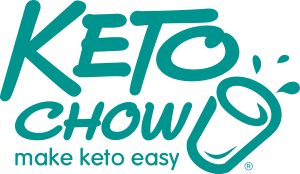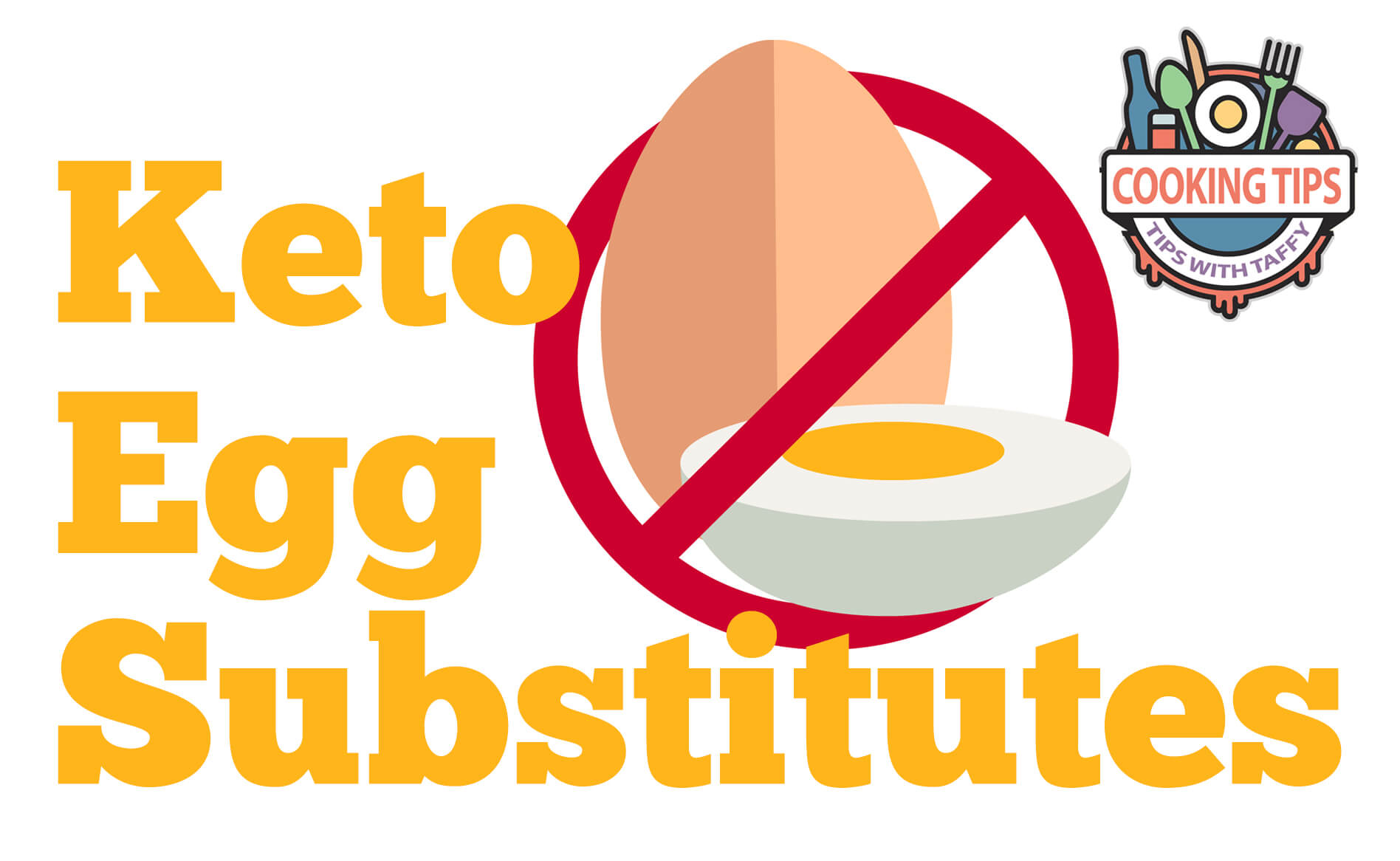Last week while developing recipes, I decided to make a pumpkin scone using pumpkin puree in place of eggs, and that got me thinking. A high percentage of keto recipes rely heavily on eggs, especially keto baked goods. Eggs are a wonderful, versatile food and there is no doubt why eggs are a big part of the ketogenic diet, but they are also a common food allergen and many people must avoid them.
I did a little research and I found that even some of my favorite keto baking gurus don’t have much to say on egg-free baking, so I thought a rundown would be helpful.
There are commercial egg replacers available, but I have found that many of them are made either with starches that are high in carbohydrates, or proteins and oils that are less than desirable ingredients in a keto diet.
If you or someone you know must avoid eggs, the good news is that there are keto-friendly egg replacers that can get you back in the game. If you have been missing out on baking and cooking great recipes like Keto Chow’s, you will be able to jump in and start experimenting with some of them now.
I might add if you are new to keto and you have been having a hard time finding egg-free keto breakfast options, Keto Chow offers a lot of breakfast choices that are already naturally egg-free. You can make shakes, smoothies, lattes, protein bars, even instant hot “cereal” with Keto Chow for breakfast.
Eggs do a lot of work in the culinary world. There is nothing else exactly like them. Eggs provide structure with their proteins, they help baked goods rise by locking in air, and they act as an emulsifier, keeping fat and water together in the same place (think mayonnaise). Considering all they do, no one substitute can do the whole job of an egg. Often you can combine more than one replacer to get the best results.
Because most keto baked goods don’t contain gluten, the binding properties and structure of egg proteins are usually the most important part to replace. After that, moisture and the ability to emulsify fats with water are important. We can use leavening agents like baking soda and baking powder to help our baked goods rise. Adding vinegar with baking soda, or soda water in place of other liquids may help with that process too.
Flaxseed, chia seed, and gelatin can all help keep the structure of your baked goods in place. But because they lack fat, you may want to add an additional teaspoon of whichever fat or oil you are using. Vegetable purees and nut butter add moisture and structure but can make a dish heavy, so you may need to add more baking powder or baking soda or reduce the liquid slightly when you work with them.
A vegetable puree like pumpkin would work well in a casserole or a biscuit. Flax or chia seeds will likely work best in muffins and waffles, and nut butter usually work well in cookies.
Gelatin works when you want a strong structure that’s less noticeable, like in a pecan pie. Egg-free mayo works well in pancakes.
The best thing to do is start cooking and baking and experiment with your replacers of choice. Once you get the hang of it, you will be baking and cooking your favorite dishes again in no time.
Following is a list of keto-friendly replacement options. Try as many as you like, and refer to this list regularly to see what works for you.
- Flaxseed “egg”: Mix one tablespoon freshly ground flaxseed with three tablespoons of warm water and allow to sit for about five minutes to thicken. Add to your recipe as you would an egg. The omega 3 oils in flaxseed oxidize very easily once exposed to air so it is best to grind flax seeds when you need them. If you do grind extra, store it in the freezer, in an airtight container for best results.
- Boiled flax seed “egg”: Simmer 3 tablespoons whole flaxseed with 2 cups water in a small saucepan, uncovered for approximately 20 minutes until a sort of gel has formed. Strain through a sieve, discard the flax seeds and store the gel in an airtight container in the refrigerator for up to one week. Use 3 tablespoons of gel to replace one egg. This is a bit more time consuming than the ground flax seed method, but it works well when you don’t want the color or texture of flax seeds to alter the texture or color of your recipe. It also has more strength than the ground flax version and since you use whole flax seeds to make this “egg” you don’t need to worry about your flax seed going rancid.
- Chia seed “egg”: Mix 1 tablespoon chia seeds with three tablespoons warm water let it sit about 10 minutes until a gel has formed. The nice thing about chia seeds is that they don’t have to be ground to gel with water, but they do need a few more minutes to work. You can make them up to a day ahead and store in the refrigerator until ready to use.
- Gelatin “egg”: Sprinkle 1 tablespoon plain gelatin over 1 tablespoon cold water and let it soften, then stir in two tablespoons very hot water. Let the mixture sit to thicken up for a couple of minutes. Don’t let it sit too long or it will set.
- Vegetable puree: Use 1/4 cup pureed pumpkin or mashed avocado in place of each egg. This replacement works best for one to two eggs. Any more can make your recipe heavy and stodgy.
- Nut and seed butter: Use three tablespoons of unsweetened nut or seed butter for one egg. Almond butter, tahini, peanut butter, and sunflower seed butter are all options. As with the vegetable puree, this can make certain baked goods heavy if you use more than one or two eggs worth.
- Strained Yogurt: Use 1/4 cup full fat, Greek-style yogurt to replace one egg. Greek or strained yogurt has more protein and less water than other styles of yogurt so it works better as an egg replacement.
- Egg-Free Mayonnaise: 3 tablespoons for one egg. This might sound funny but if you already have an egg-free mayonnaise you enjoy, it makes a great egg replacer. It adds stability, moisture, and fat to baked goods.
- Silken tofu: 1/4 cup silken tofu to replace one egg. While soy has become a contentious food product lately, it does do the job of replacing an egg better than almost anything else. I source good quality, traditionally made soy products of the type people have been eating for thousands of years, like sprouted, cultured tofu. Tofu has one other advantage which is it can be substituted in egg-based dishes like breakfast scrambles and quiche where no other replacer can. There are even some soy-free tofu alternatives on the market made from seeds like hemp and pumpkin (although I have not tried them personally so I can’t say how well they would work).
Happy Keto Cooking!









Leave A Comment